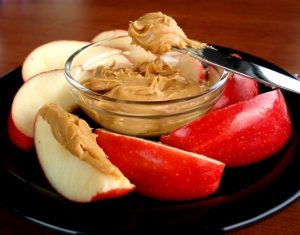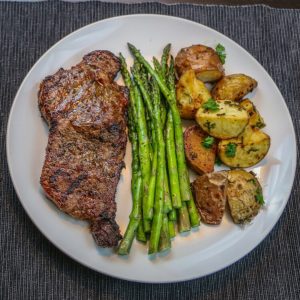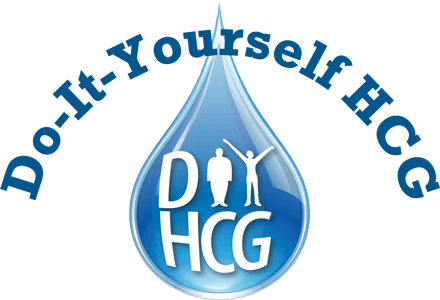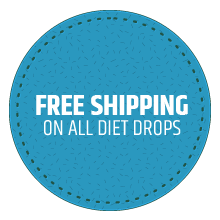Secrets to the HCG Maintenance Phase
 The Maintenance Phase in a nutshell is 3 weeks of no sugars and no starches followed by 3 weeks of slowly incorporating some sugars and starches back into your diet. For most of us, we must change our lifestyle since it was our former eating habits that got us into trouble. During the first 3 weeks, you should concentrate on the foods that you can eat, focusing on whole non-processed foods like chicken, pork, fish, turkey, almonds, fresh fruits and vegetables. Be careful with dairy products and very sweet/starchy fruits like bananas, pineapple and melons and avoid processed foods like lunch meat, canned fruit and canned vegetables. An important aspect of maintaining your weight is eating sufficient protein and drinking plenty of water. If your body becomes protein deficient and/or dehydrated, your body will retain water! Also, protein helps to keep your hunger at bay since it takes more time for protein to be digested and keeps you feeling full longer.
The Maintenance Phase in a nutshell is 3 weeks of no sugars and no starches followed by 3 weeks of slowly incorporating some sugars and starches back into your diet. For most of us, we must change our lifestyle since it was our former eating habits that got us into trouble. During the first 3 weeks, you should concentrate on the foods that you can eat, focusing on whole non-processed foods like chicken, pork, fish, turkey, almonds, fresh fruits and vegetables. Be careful with dairy products and very sweet/starchy fruits like bananas, pineapple and melons and avoid processed foods like lunch meat, canned fruit and canned vegetables. An important aspect of maintaining your weight is eating sufficient protein and drinking plenty of water. If your body becomes protein deficient and/or dehydrated, your body will retain water! Also, protein helps to keep your hunger at bay since it takes more time for protein to be digested and keeps you feeling full longer.
If you’re not sure about what foods/drinks you can have in the “first three weeks”, “second three weeks”, etc., you may want to purchase the HCG Weight Loss Cure Guide by Linda Prinster which lists the nutrition information on over 1,000 food/drink items and indicates in which phase of the HCG Diet Protocol each of the food/drink items are allowable.
The majority who follow the maintenance guidelines do just fine but there are some, no matter how diligent they are, who continue to struggle. If you are one of these people, try the tips listed in the update below.
Update (printed with permission from the HCG Weight Loss Cure Guide Copyright 2017 by Linda Prinster): “If you find yourself following the maintenance rules, but continue to struggle to stay in your range, try separating your meals into categories of ‘fat’ meals/snacks and ‘carb’ meals/snacks. Per Dr. Simeons, “…carbohydrates, that is sugar, rice, bread, potatoes, pastries, etc. are by far the most dangerous. If no carbohydrates whatsoever are eaten, fats can be indulged in somewhat more liberally…, but as soon as fats and starch are combined things are very liable to get out of hand.”
Try to stagger your meals/snacks throughout the day by 2.5 to 3 hours and try to include protein for all meals and snacks. In addition to your protein choice, either be liberal with fats while strictly restricting carbohydrates, i.e., add non-starchy veggies and 0-2 carb dressings for total carbs of approximately 6-9g of net carbs for that meal, OR keep fat grams to less than 5g and add carbohydrates that total less than 25g for any specific meal. You can switch back and forth between meal types throughout the day. This will avoid your body trying to handle both significant fats and carbohydrates at the same time.”
 Examples:
Examples:
Carb Meal: Have a lean steak, chicken or fish, a baked potato with only a tsp of butter and/or a tsp of sour cream and another low-carb vegetable like asparagus, broccoli or green beans.
Fat Meal: Have your steak, chicken or fish with low-carb vegetables like asparagus, broccoli or green beans or a salad with some cheese and regular ranch or blue cheese dressing.
Carb Snack: Have 1 whole apple with 1 teaspoon of peanut butter.
Fat Snack: Have ½ apple or a bunch of celery with 1-2 tablespoons of peanut butter.


